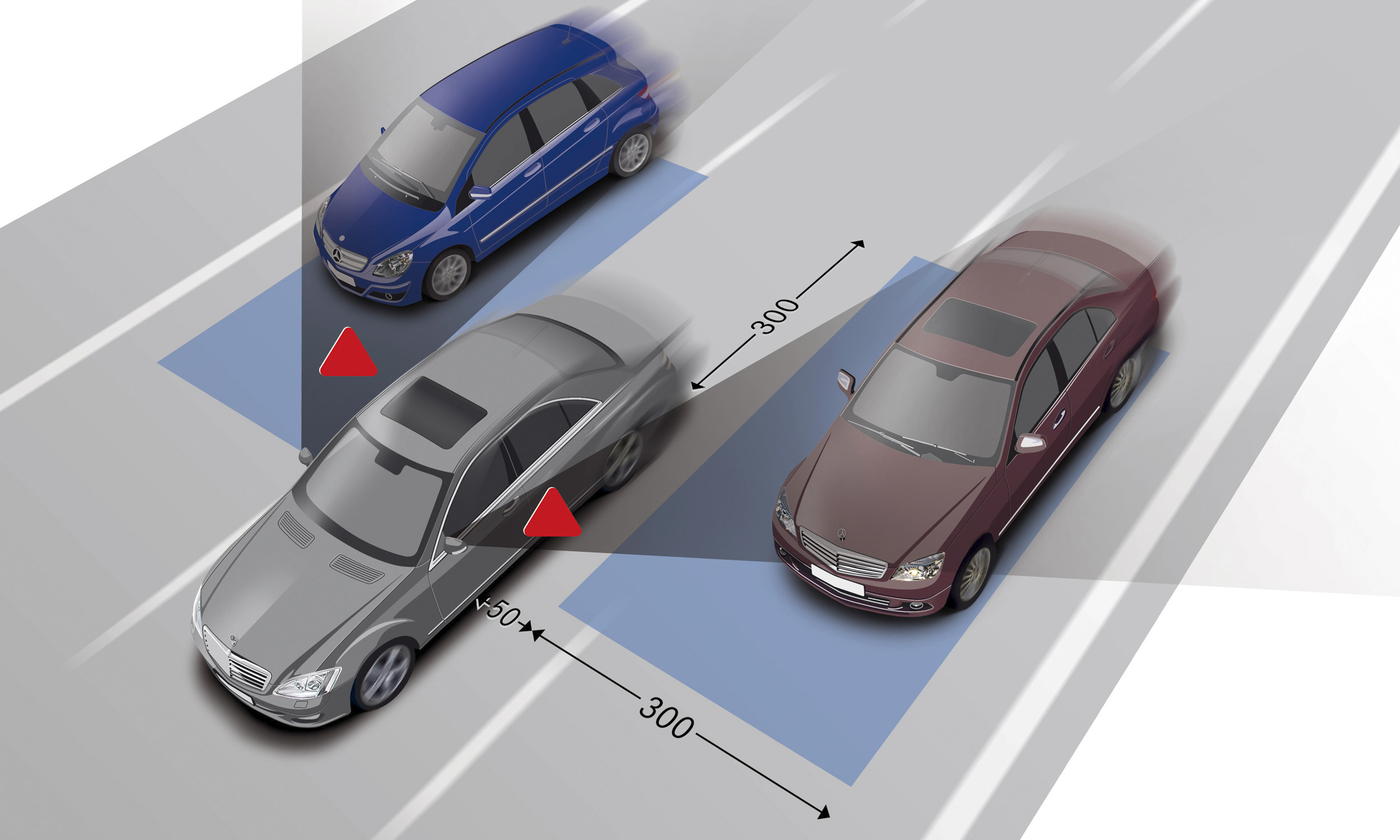
Throughout the history of the automobile, consumers have experienced cycles of innovation where new technologies emerge, are offered in top-of-the-line models, and then eventually find their way into more everyday vehicles. Over the last 30 to 40 years, as the rate of technological innovation has increased, so has the speed with which features emerge and “trickle down.” Here are some technologies that, whether rapidly or over a generation of development, have gone from fancy to familiar.
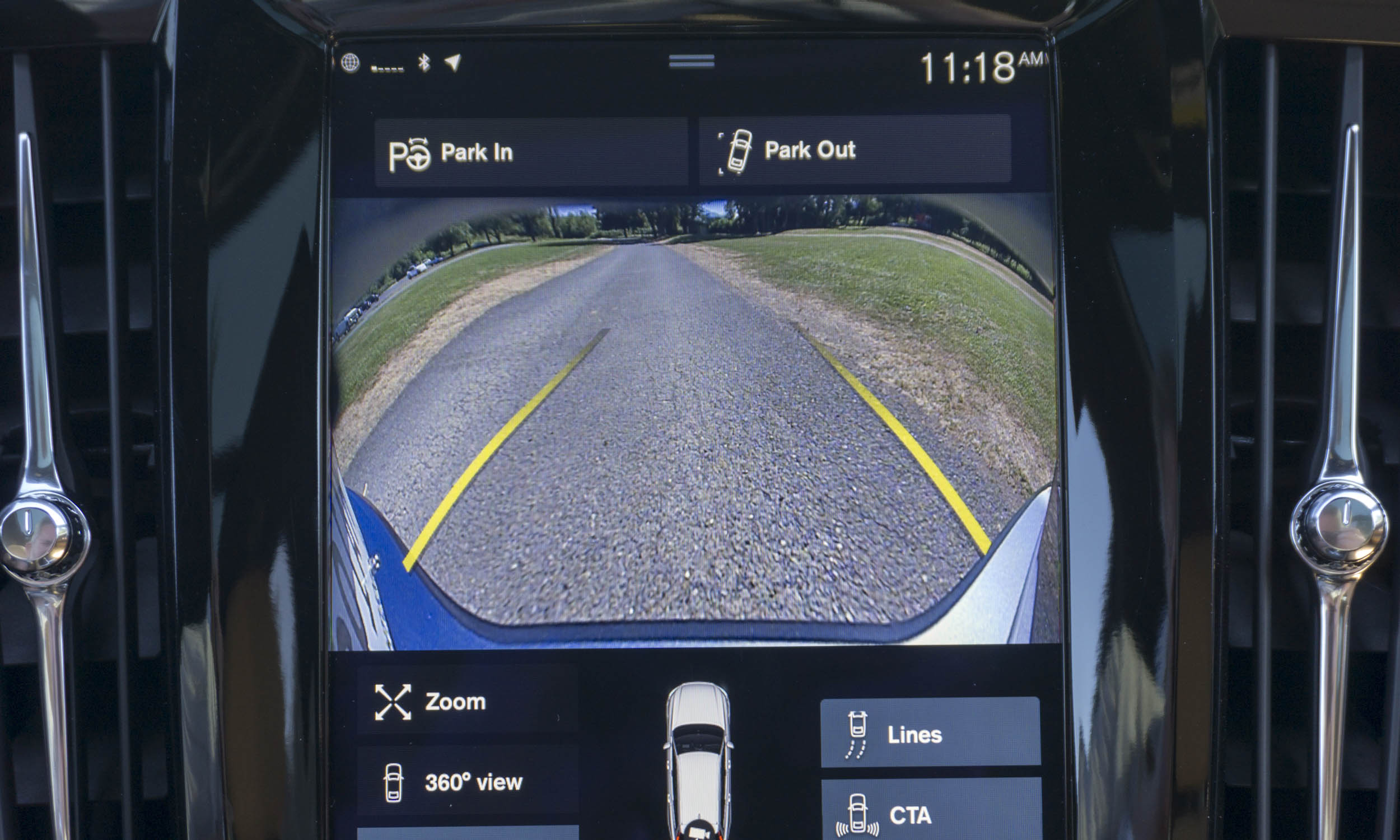
Not all that long ago, the rearview camera was as much a novelty as the display screen on which the driver viewed its image. Today not only has the rearview camera trickled down, but in the United States it has been mandated to become standard equipment in all vehicles under 10,000 pounds by May 2018.
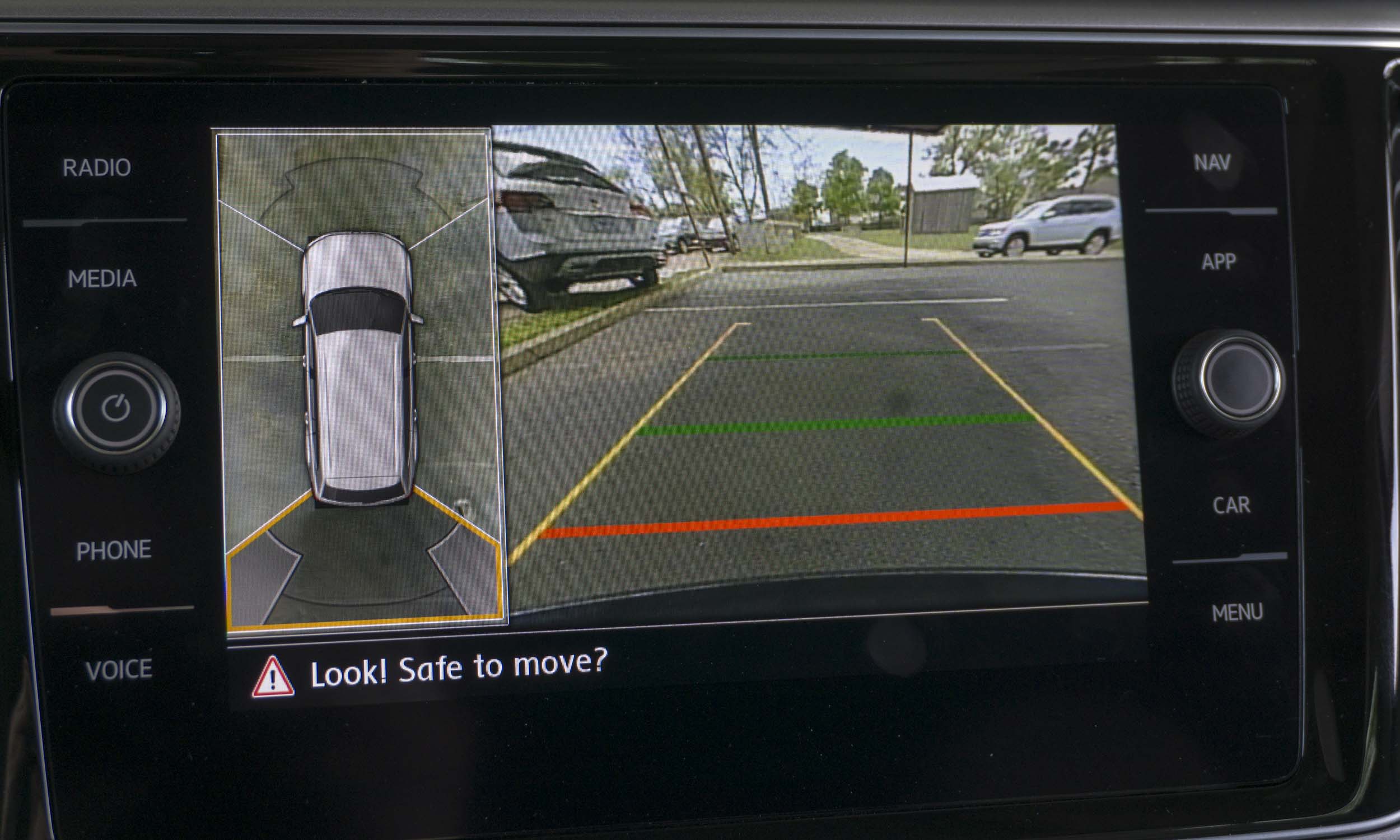
The next step after rearview cameras making their way into all models is the all-around camera system. Combining images from cameras incorporated around the vehicle, the system allows for “360-degree” views — helpful for parking and avoiding obstacles. BMW and Infiniti have used such systems; Volkswagen’s new Atlas SUV features an all-around system as standard equipment; a sign that their use will be spreading soon.
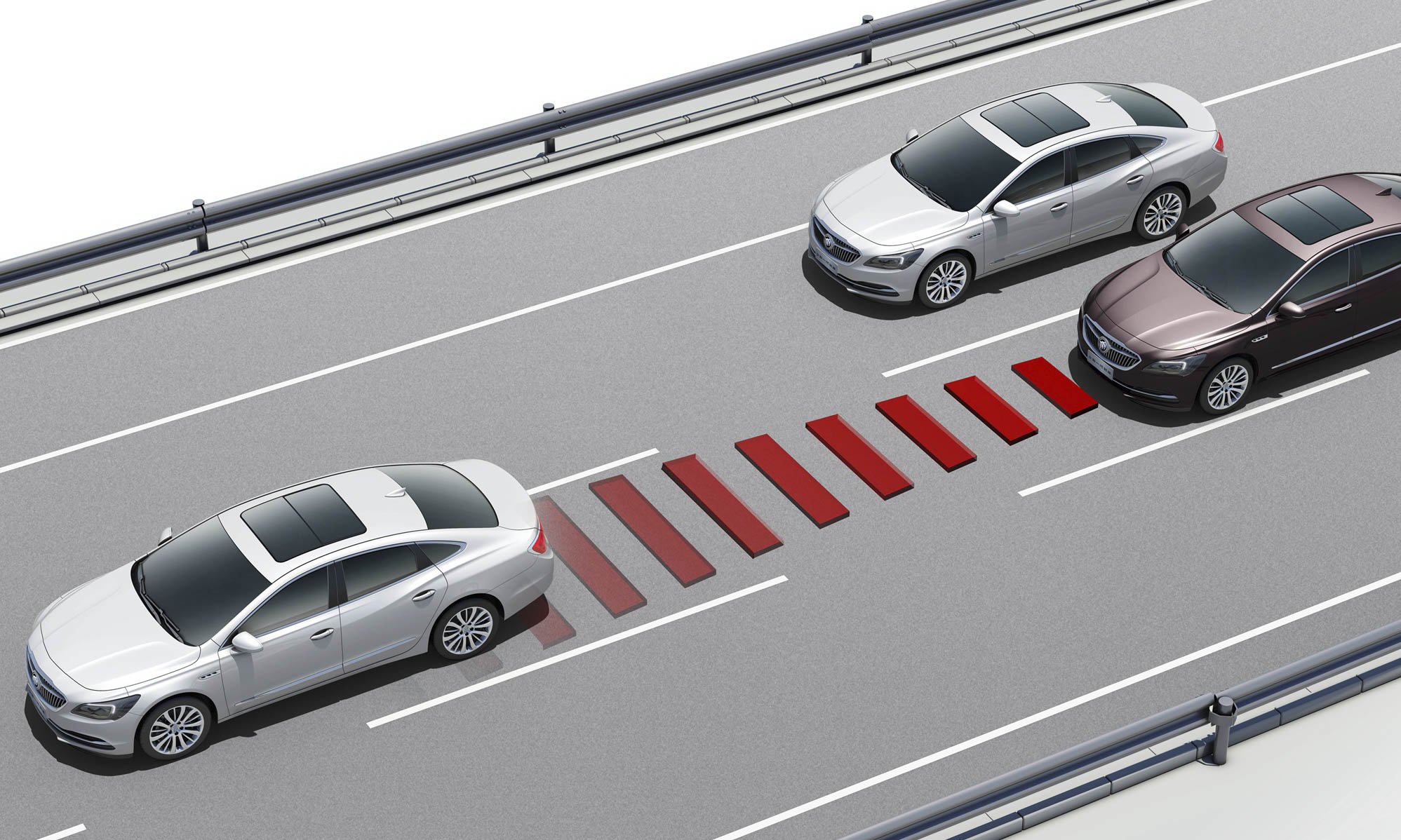
An expensive option introduced at the turn of the millennium, adaptive cruise control systems are frequently part of a suite of technologies providing driver safety and in some cases limited autonomous driving capability. No longer a novelty, ACC is regularly found as standard equipment or part of a tech package in cars one-half to one-third of the price as those it would have been found in fifteen years ago. The Ford Fusion is one such model, and for 2017 Ford added a stop-and-go feature to its existing adaptive cruise technology that automatically accelerates and brakes so the driver maintains a safe distance between vehicles in traffic.
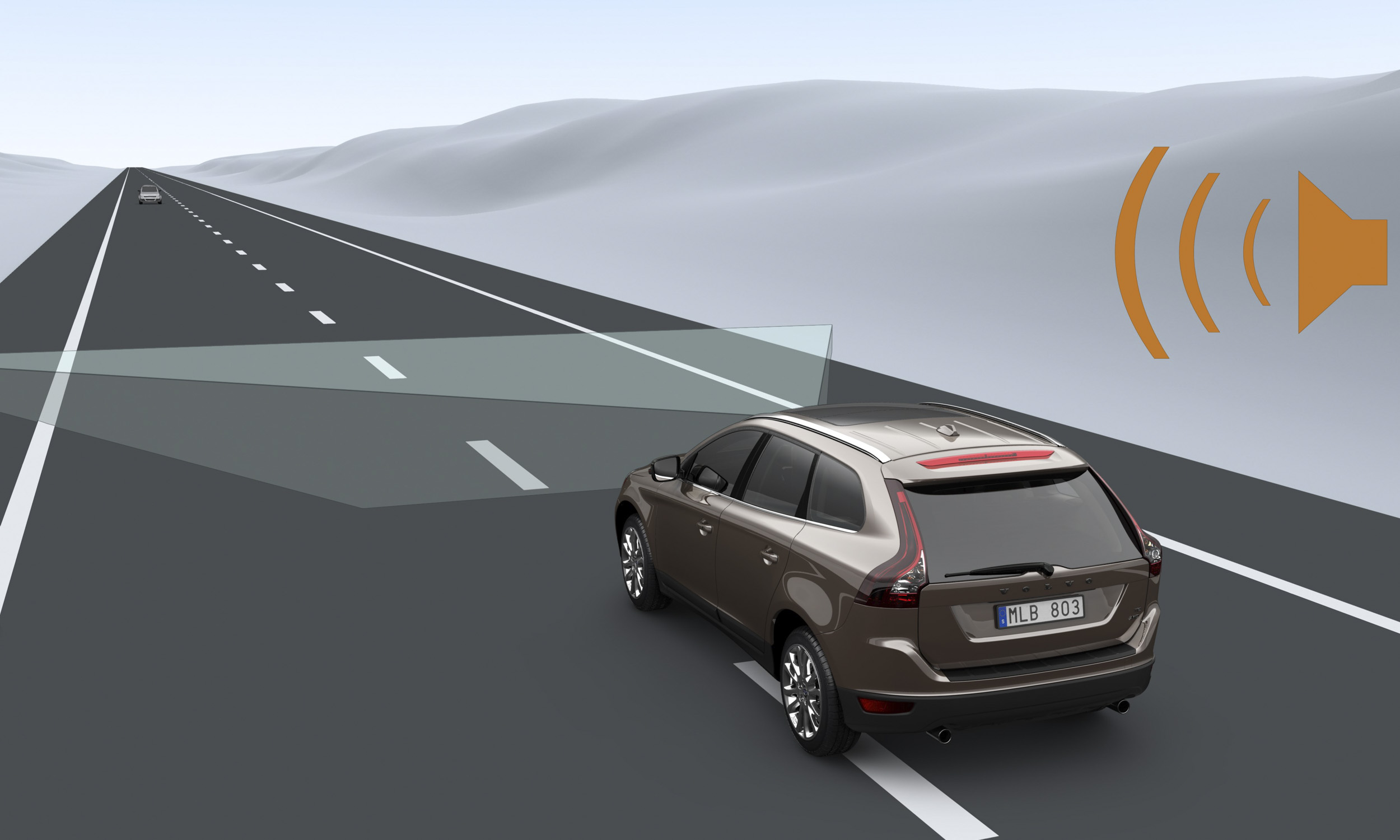
One generation of vehicles ago, lane-departure systems were emerging as cutting-edge safety technology. As we entered the 2010s, however, lane departure warning systems spread to all segments, either on their own or more commonly as part of a suite of safety technologies. Most commonly, the audio and visual cues of a lane-departure warning system are paired with a lane-keeping assist to avoid collision by re-centering a car autonomously — if the driver does not respond to initial warnings.
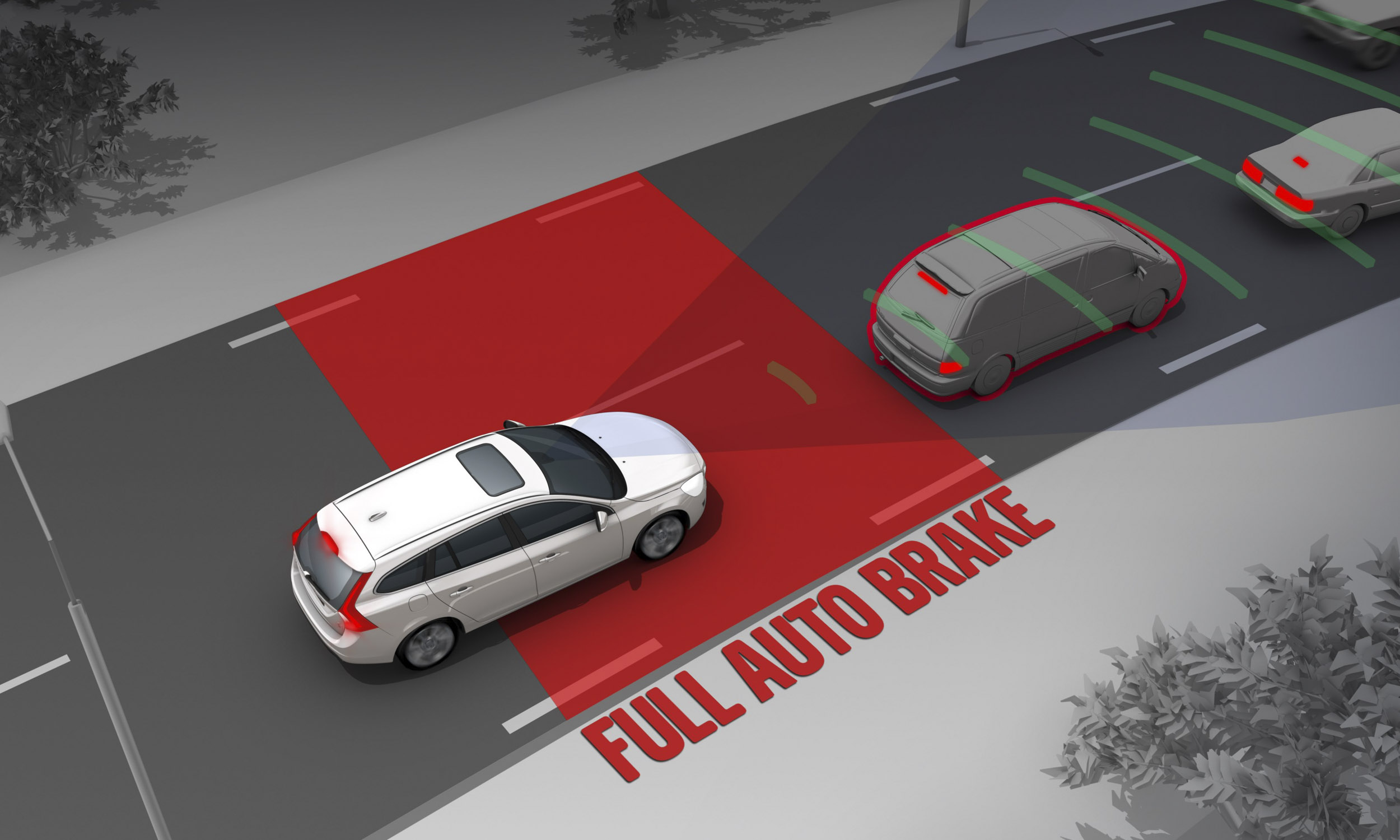
As the use of adaptive cruise control systems spreads, so does a logical extension of that technology: emergency braking systems. Today the ability of a vehicle to suddenly stop on its own if necessary is as big a selling point as any other driver-assistance system, at all ranges. For example, the Honda Civic offers its Collision Mitigating Braking System as part of a package at most trim levels, but standard for the Touring trim.
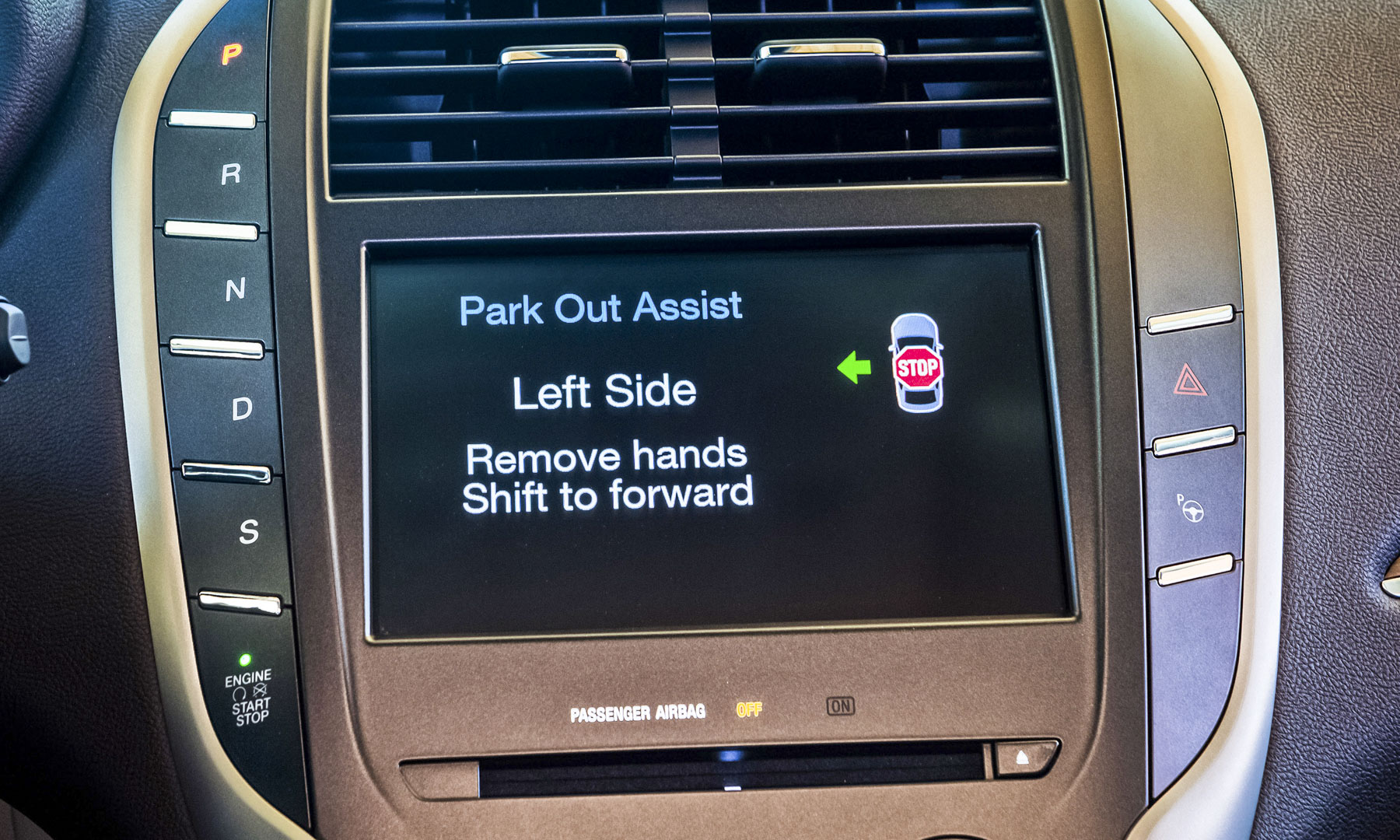
Some of the earliest steps toward autonomous vehicles were made with self-parking systems. Volkswagen is on its third iteration of self parking, and has introduced it on nearly its entire lineup. Other manufacturers have begun to offer self-parking tech in recent years — usually as part of a convenience or driver-assistance package of technologies.
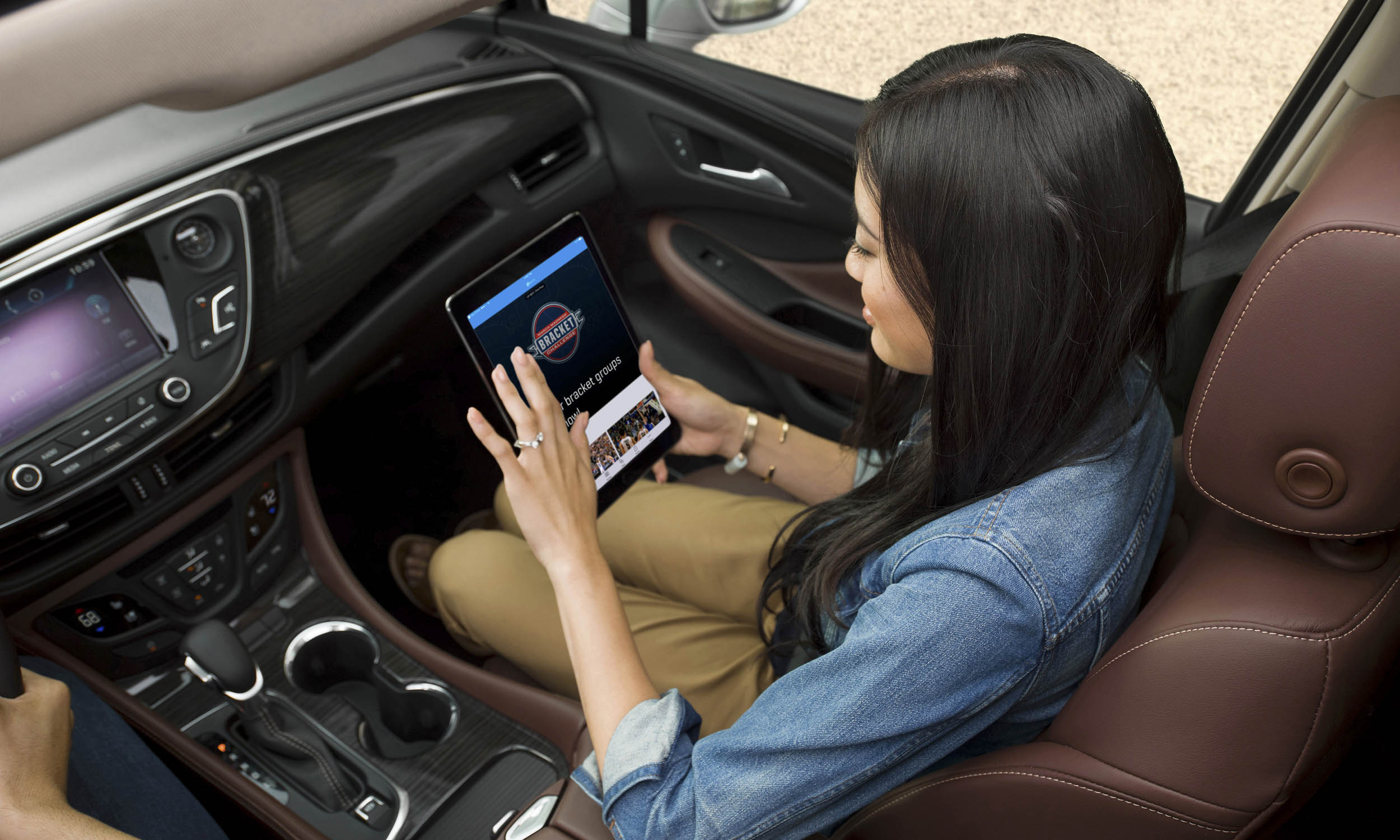
Between smartphones, tablets, and other devices, mobile network access has become more important than ever. Audi began offering in-car Wi-Fi in 2011, and you’ll be unsurprised to learn that manufacturers such as Mercedes-Benz, BMW, and Jaguar/Land Rover offer in-car hotspot tech as well. That said, today you can also find it in most General Motors vehicles, along with those from Jeep and Chrysler.
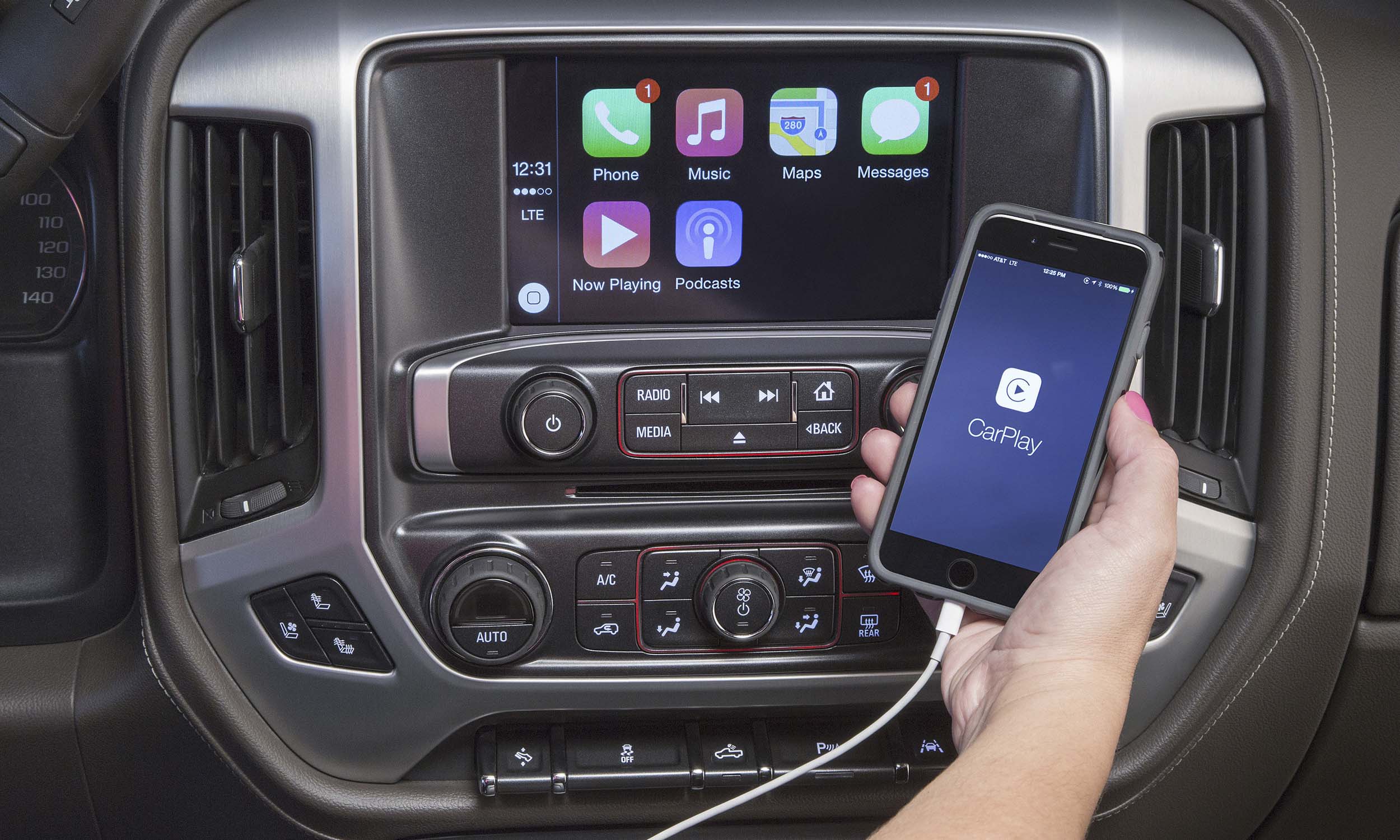
Systems such as Apple’s CarPlay and Google’s Android Auto have taken phone connectivity to the next level beyond simply plugging your phone into a vehicle. Allowing for seamless integration of apps, contacts and media, these systems help keep device use as hands-free as possible. Rather than having to re-learn a unique graphical interface, these systems present drivers with the familiar icons and options of their smartphones.
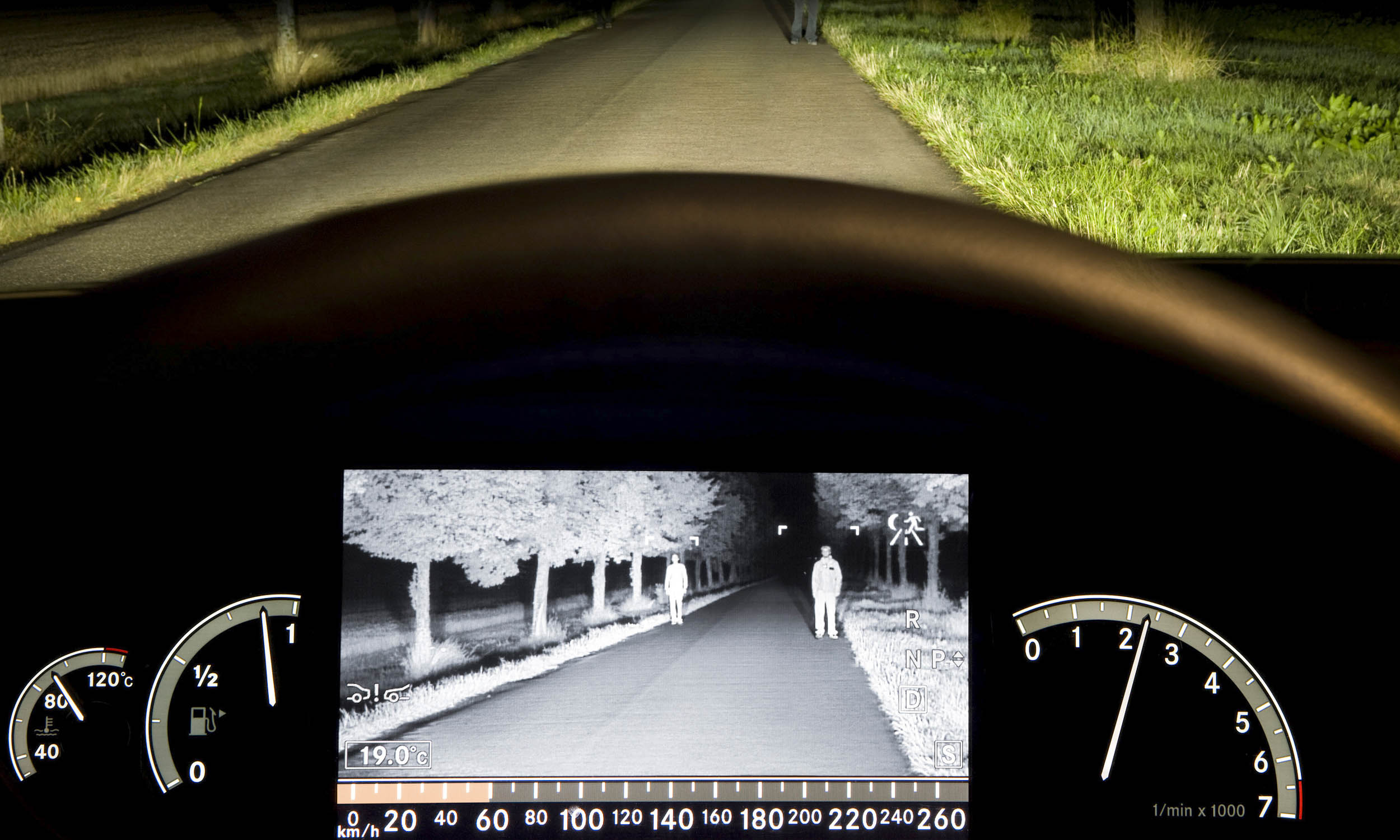
It sounds like spy tech, but in-vehicle night-vision systems aim to improve driver safety in dark lighting situations, throwing an infrared image of the road ahead onto the display screen of a vehicle’s instrument cluster. Night vision is appearing in models by luxury manufacturers now, but is increasingly available beyond only flagship luxury cars and SUVs (Audi’s A6 and BMW’s X5 come to mind).
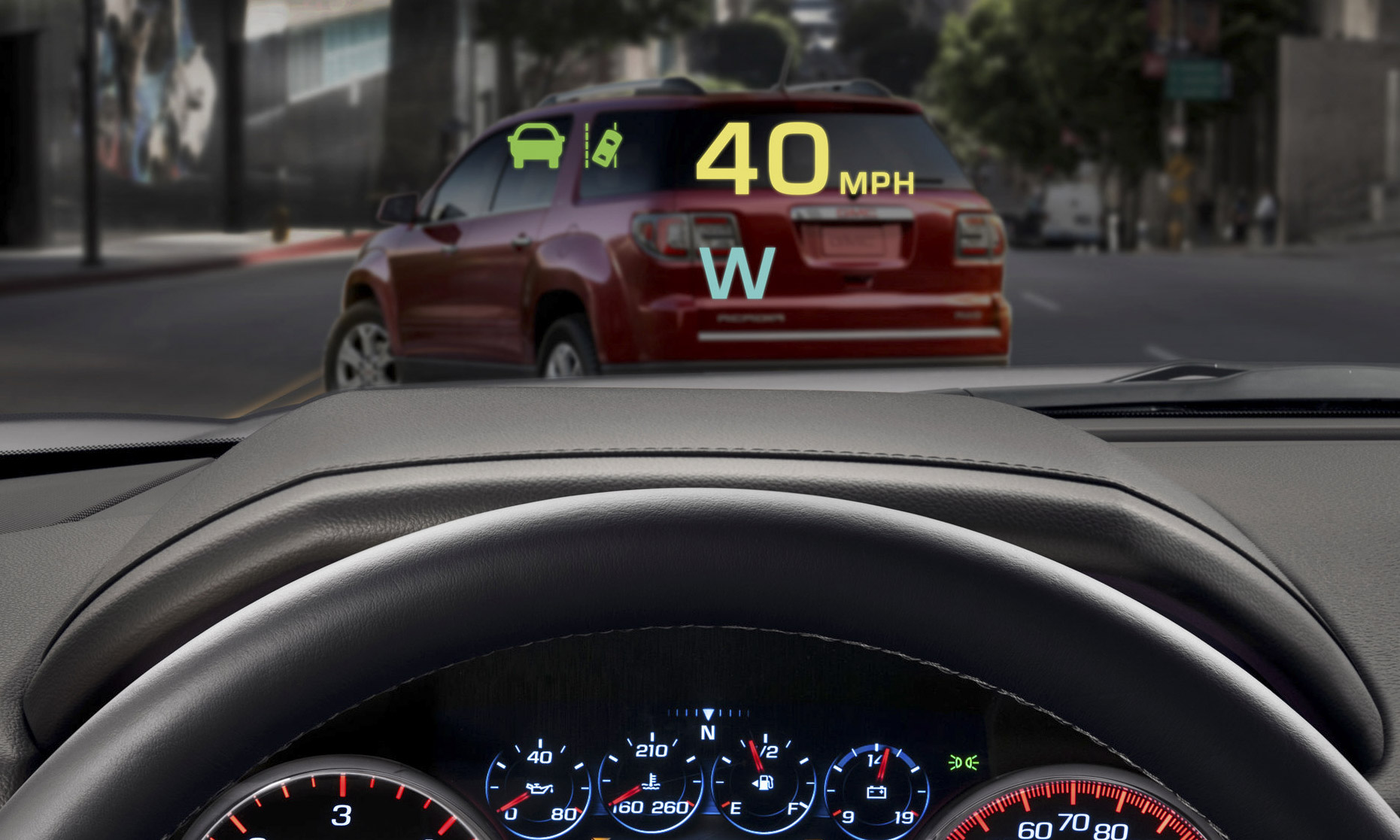
An in-car head-up display, or HUD, was a staple of futuristic science fiction before it started showing up in vehicle concepts and working its way into top-of-the-line models. Today there are many aftermarket HUDs you can buy, and HUDs of various capabilities can be found in a range of models including the BMW 7-Series, Volvo XC90, GMC Yukon, and Mazda Mazda3.
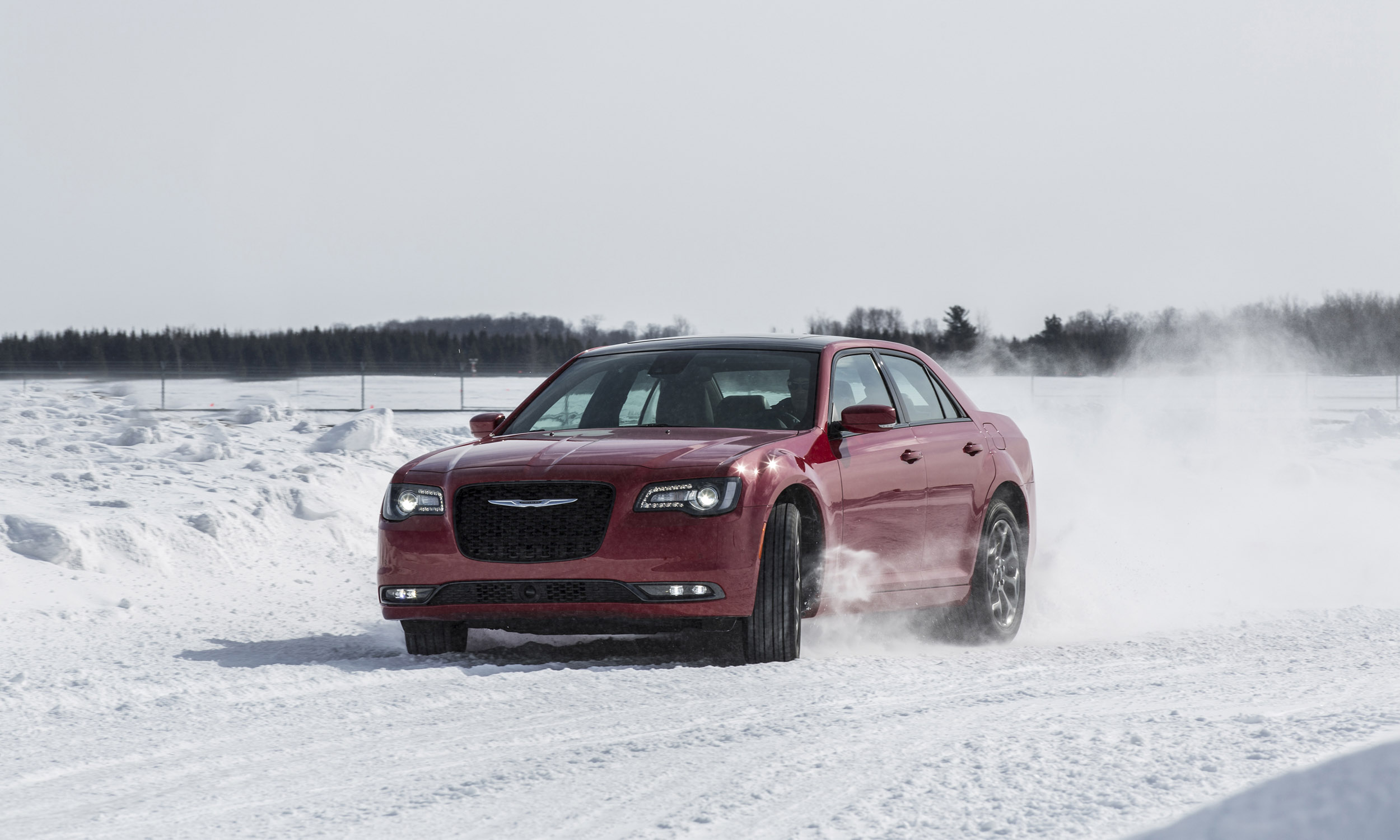
It seems as if stability-control systems are included in nearly every car on the market these days, so it’s difficult to appreciate how rare they were not all that long ago. As recently as the mid-1990s, stability control was the stuff of luxury sedans and performance cars; within a few years it would trickle down to less expensive models on its way to becoming the expected standard feature it is today.
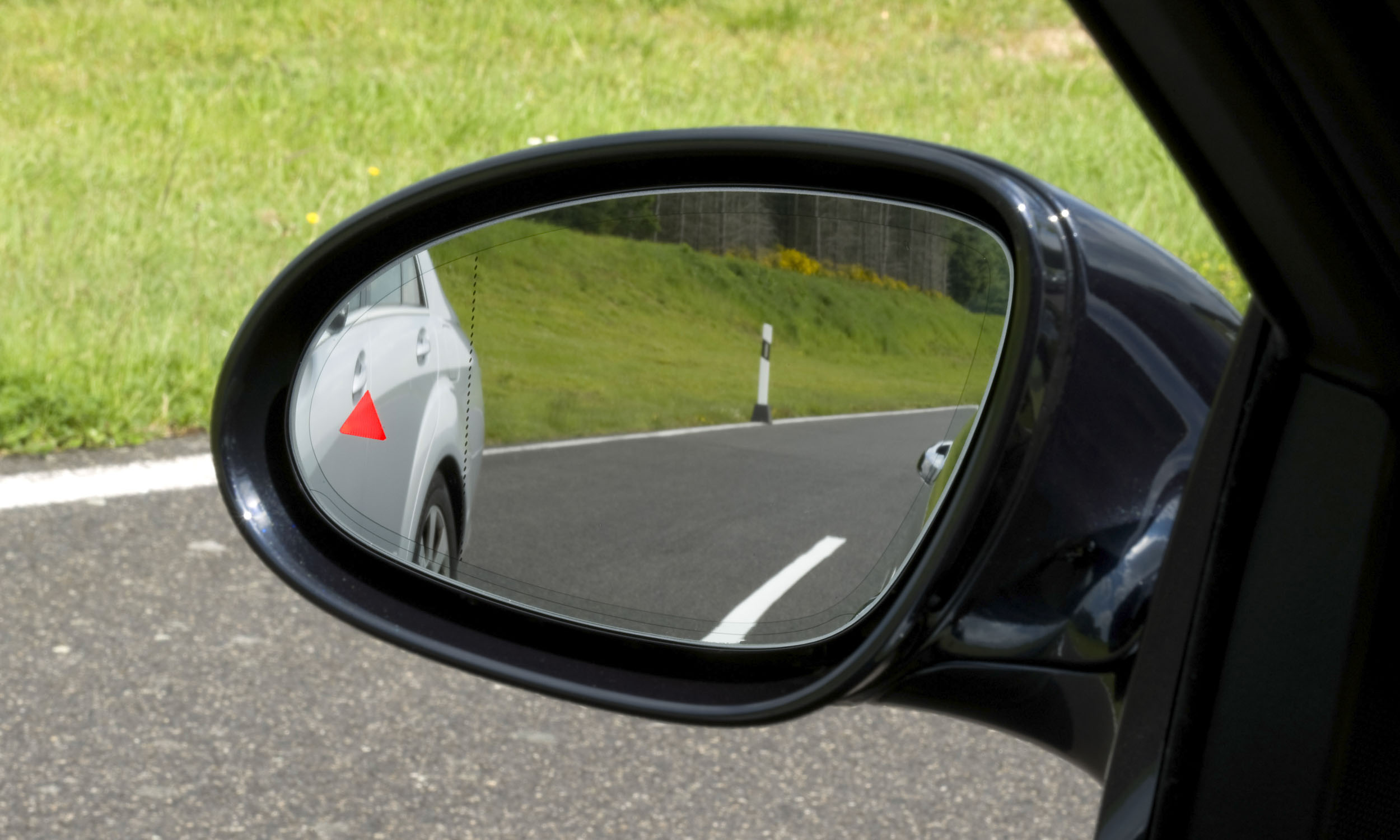
Along with a spate of driver-assistance systems that went into wide application in the early 2000s, blind-spot monitoring was quickly disseminated from midrange and high-end vehicles into full manufacturer lineups as an option — if not standard equipment. Alerting the driver to unseen vehicles during lane changes or turns, today blind-spot monitoring is often packaged with a lane-keeping assist to allow the vehicle to avoid collisions autonomously.
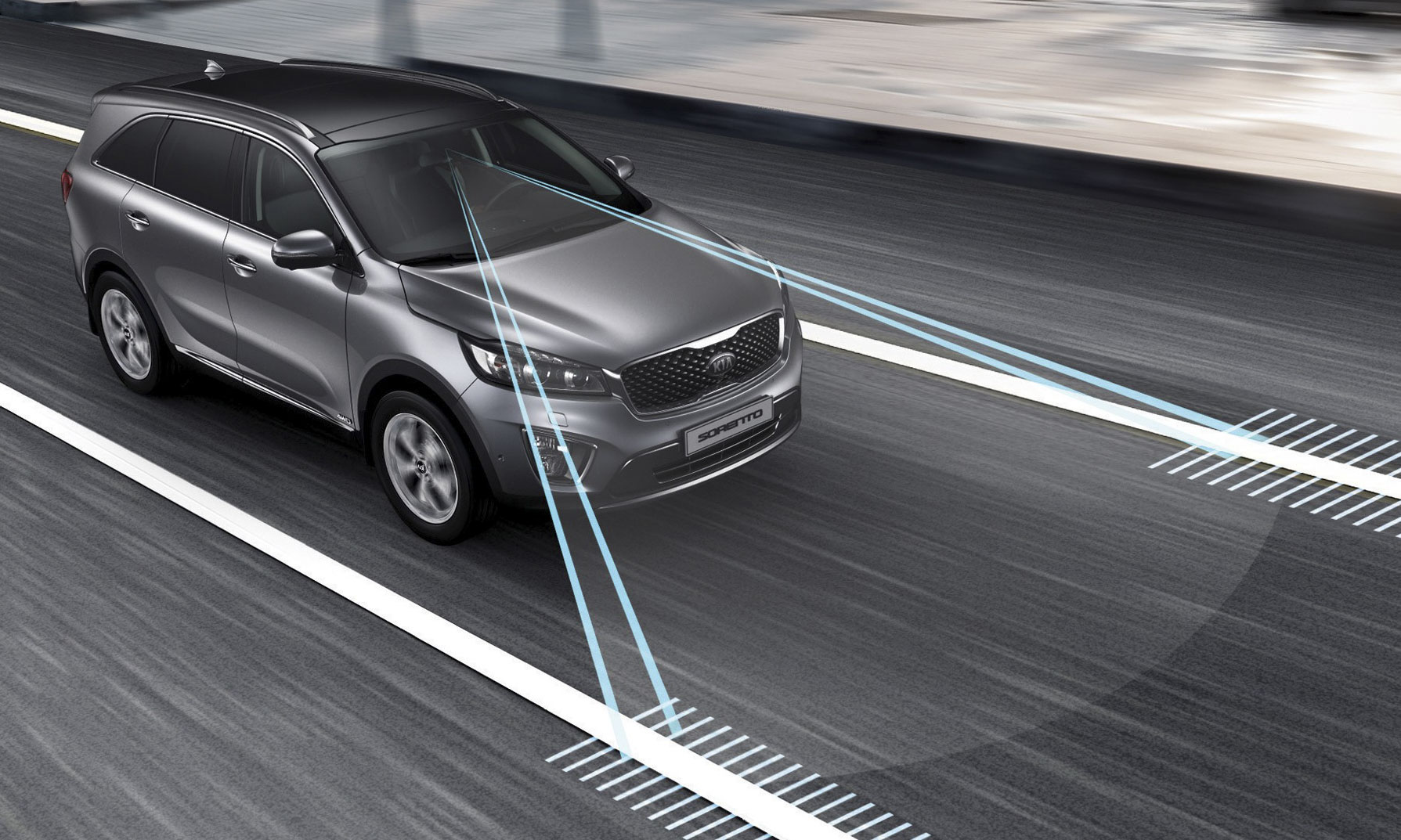
Some of the first applications for lane-keeping technology were in Mercedes-Benz commercial vehicles of the late 1990s, but soon it could be found in road cars of the early 2000s. Helping vehicles stay centered in-lane through corrective steering adjustments, lane-keeping assist systems quickly found their way from Infiniti and Lexus models to the wider Nissan and Toyota lineups and beyond.
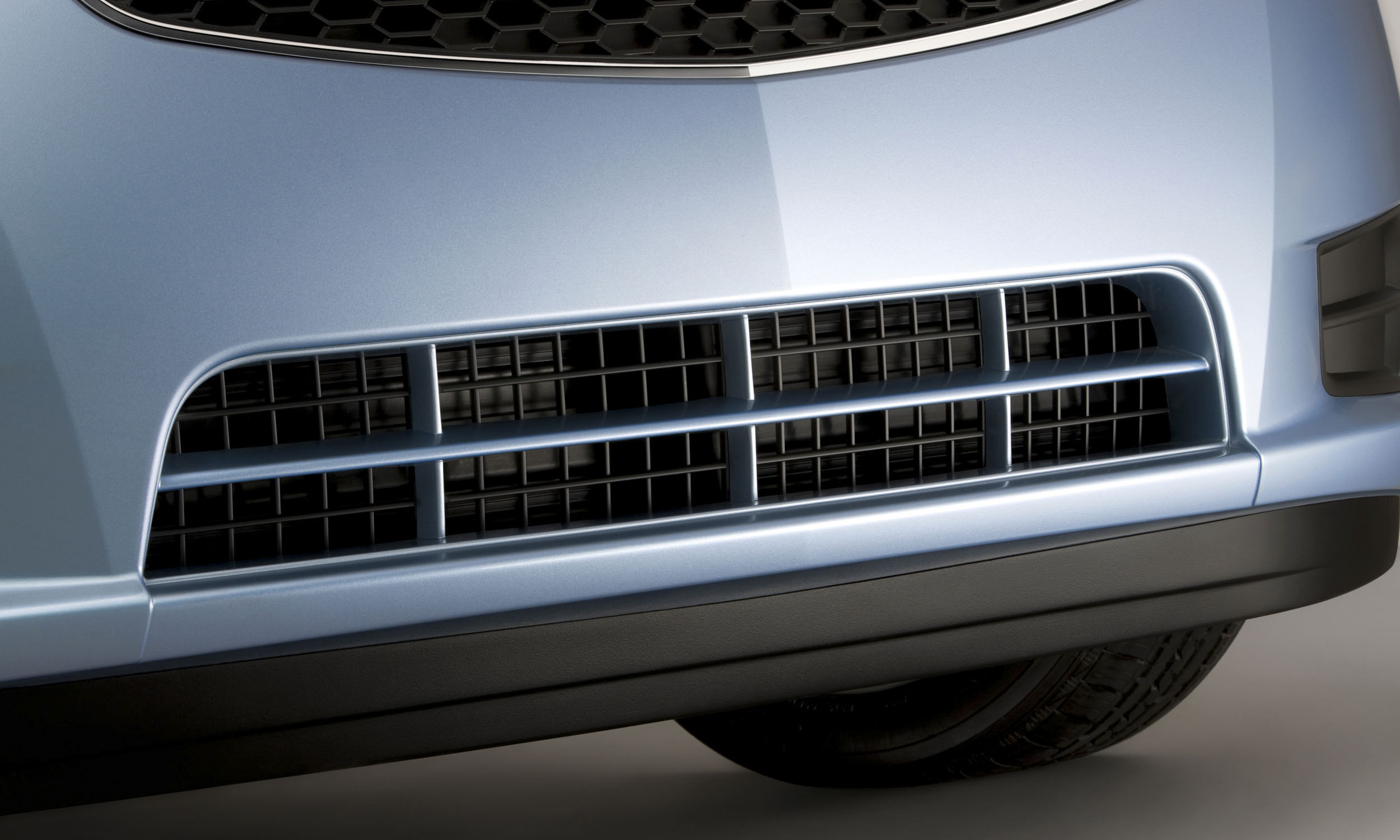
For years active aero had been a tool exclusive to the racing world, only appearing in street cars in touches such as the active rear spoilers that Porsche used in its 911, Boxster, and Cayman models. These days many active aero elements can be found in performance models such as Alfa Romeo’s Giulia Quadrifoglio, but fuel economy is also driving greater use of active aerodynamics: General Motors is employing active aero grille shutters not only in various Cadillac models, but also in the Chevy Cruze Eco.
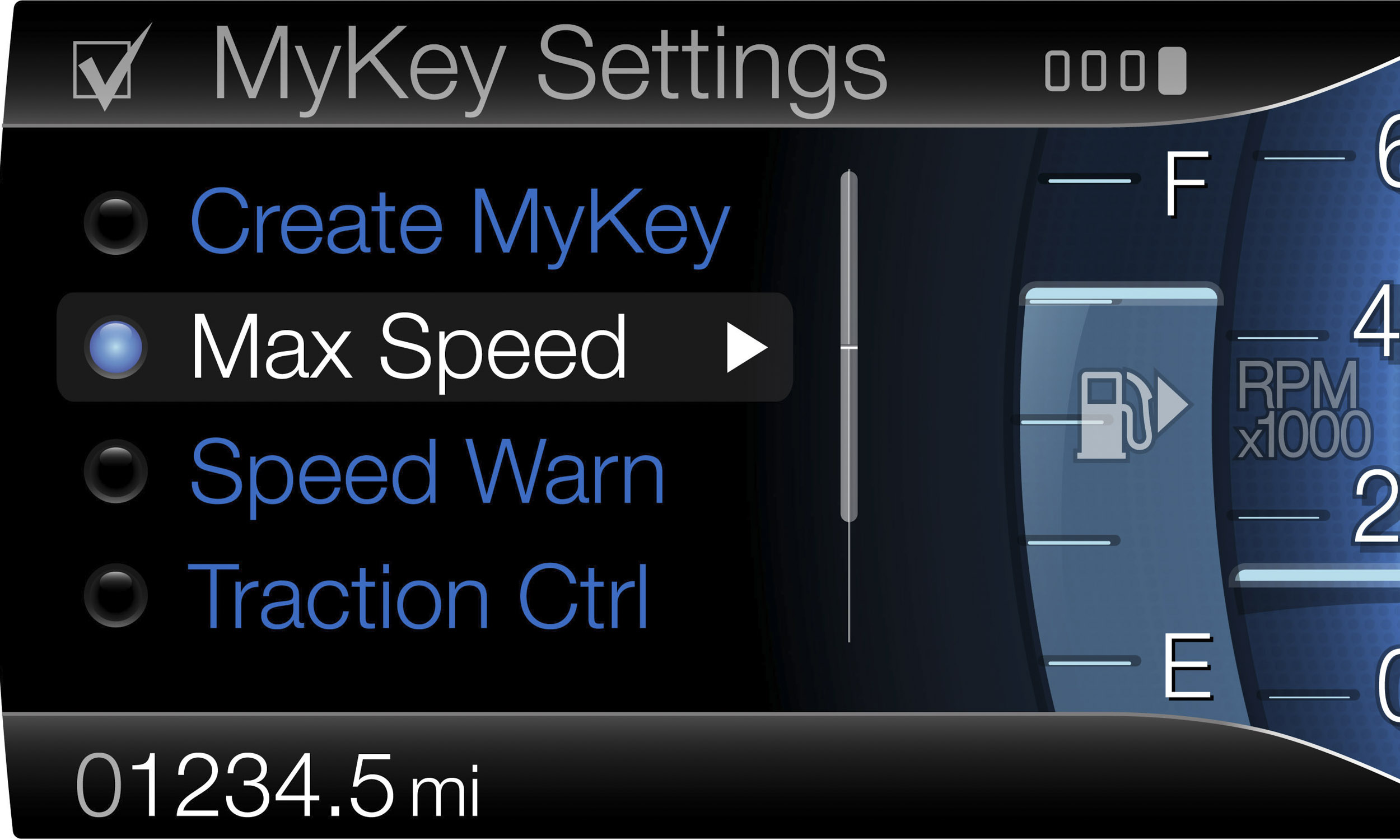
A feature rapidly becoming standard in the industry is the personalized key and/or smartphone app used to control various features remotely. BMW and Mercedes-Benz developed early versions, but today Ford’s MyKey and Volkswagen’s Car-Net are bringing this tech to the masses. Parental controls (limiting a vehicle’s speed, how far out it can run, even stereo volume) are emerging as marquee applications for these systems.








